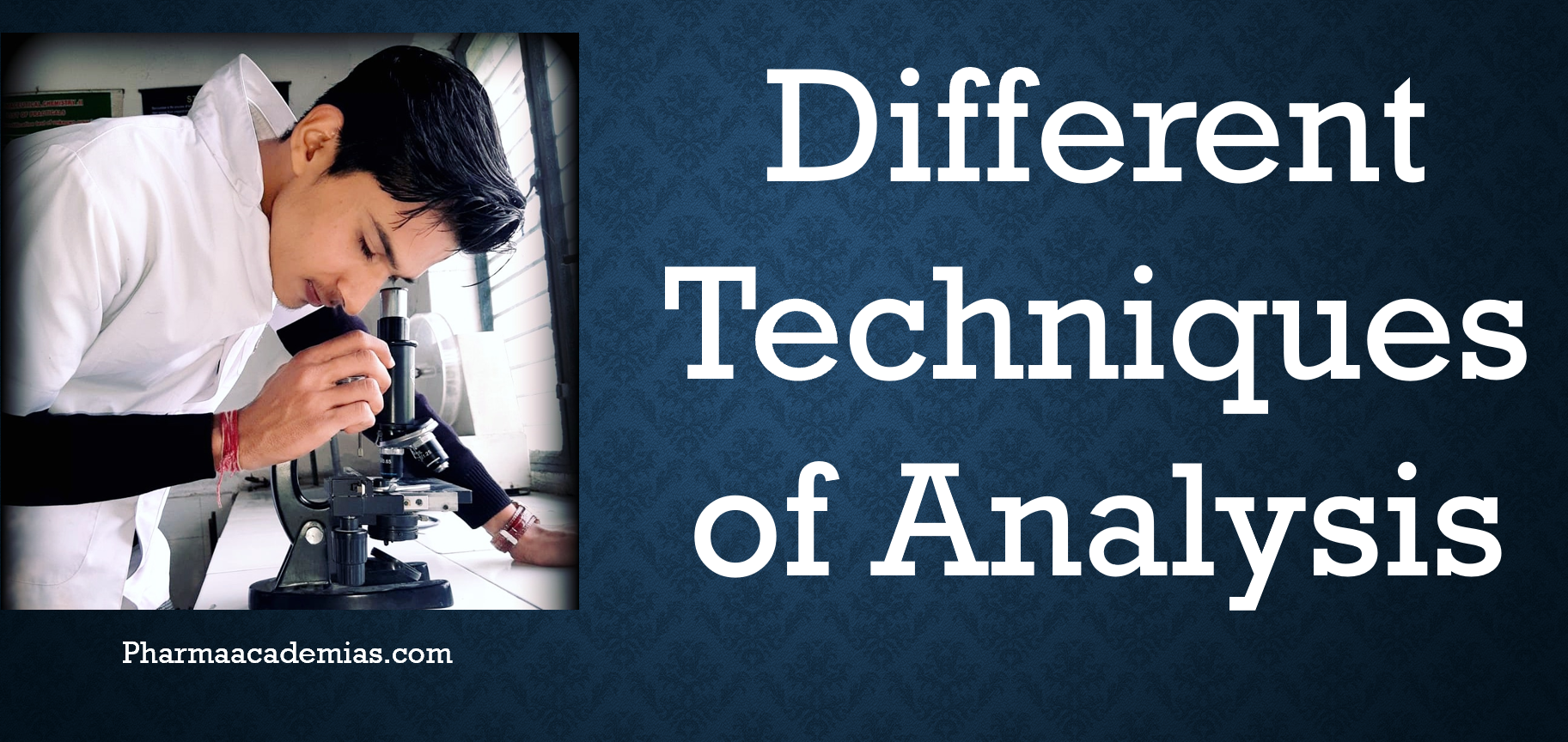Preparation and Standardization of Hydrochloric Acid (HCl) Molar and Normal Solutions
Hydrochloric acid (HCl) is a widely used reagent in chemistry and analytical laboratories. Here’s how to prepare and standardize molar (1.0 M) and normal (1.0 N) hydrochloric acid solutions. Preparation of 1.0 M Hydrochloric Acid Solution: A 1.0 M hydrochloric acid solution contains one mole of HCl in one liter of solution. Materials Required: – … Read more







